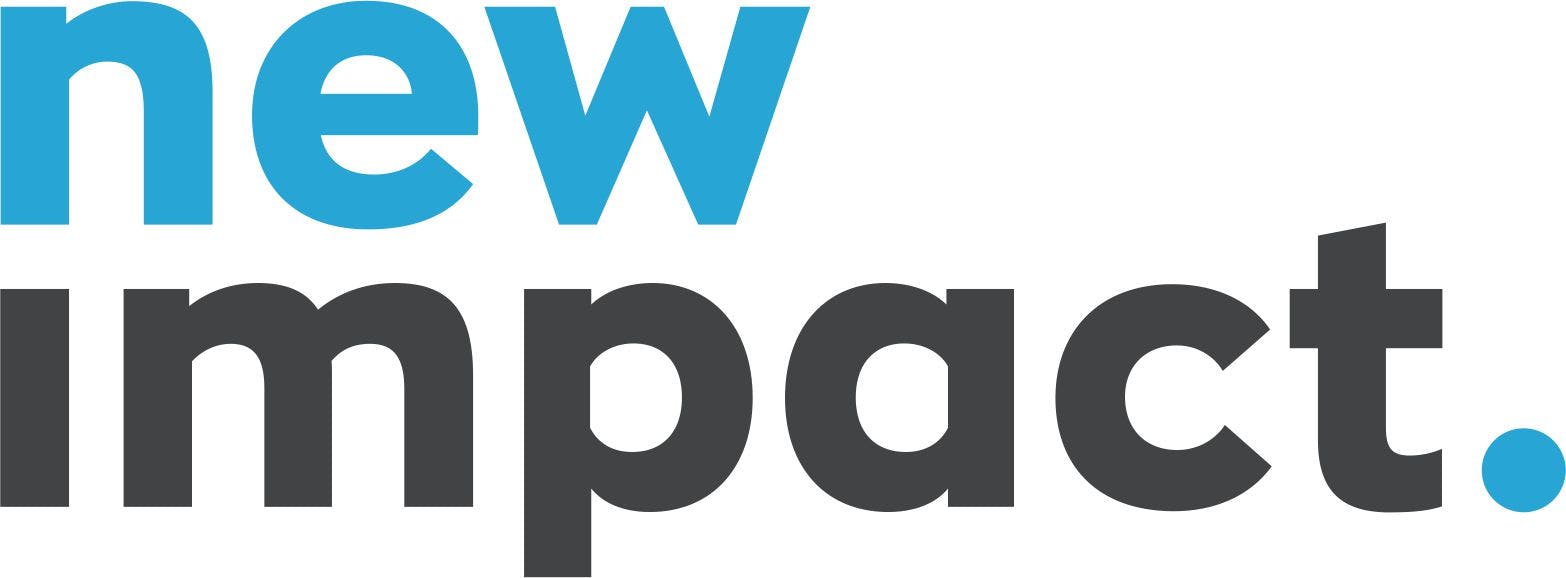Pages

Tri-Sector Innovation Tools
Tri-Sector Equation
Where are there aligned interests? A free tool to strengthen the business model for better results and greater impact
Aligning self-interests across sectors to repurpose resources and create mutually beneficial models is a cornerstone of tri-sector innovation. Tri-Sector strategies that harness aligned self-interests are more scalable and self-sustaining over time and can more readily access resources.
The Tri-sector Equation (TSE) is a tool to help you create a tri-sector strategy that will add impact and strengthen your business model or concept. The TSE is an excellent complement to the Business Model Canvas, Lean Canvas, the TSI Canvas, and any innovation process.
The TSE enables exploration of a range of viable “give and get” relationships between all three sectors in order to find the most promising combinations for a sustainable solution design with impact.
How it works
The TSE, helps you combine and align resources and self-interests to create a tri-sector strategy.
The TSE is designed to help you:
In contrast to the
, where one identifies potential orgs and resources that could contribute to a strategy, the Tri-Sector Equation is used to develop a firmer plan. Working in the Tri-Sector Equation, you will build your tri-sector strategy by adding organizations along with their resources that you think have potential for your tri-sector strategy. Your strategy should ideally feature at least one organization/resource from each sector (private, social, public).


TLDR
Needs addressed by
Tri-sector Equation


Screenshot of a tri-sector strategy plan underway using the TSE
For each resource and organization, you’ll delve into:
• what resources each organization will contribute to the strategy
• what benefits each organization will receive from the strategy
• why and how each organization and resource functions in your concept or model
• what bottleneck or opportunity is targeted
• how resources might be accessed
• how each organization’s interest aligns with your model and any considerations


Example of exploring ‘give-get’ alignment from a 2021 NewImpact project
Want to print your doc?
This is not the way.
This is not the way.

Try clicking the ⋯ next to your doc name or using a keyboard shortcut (
CtrlP
) instead.